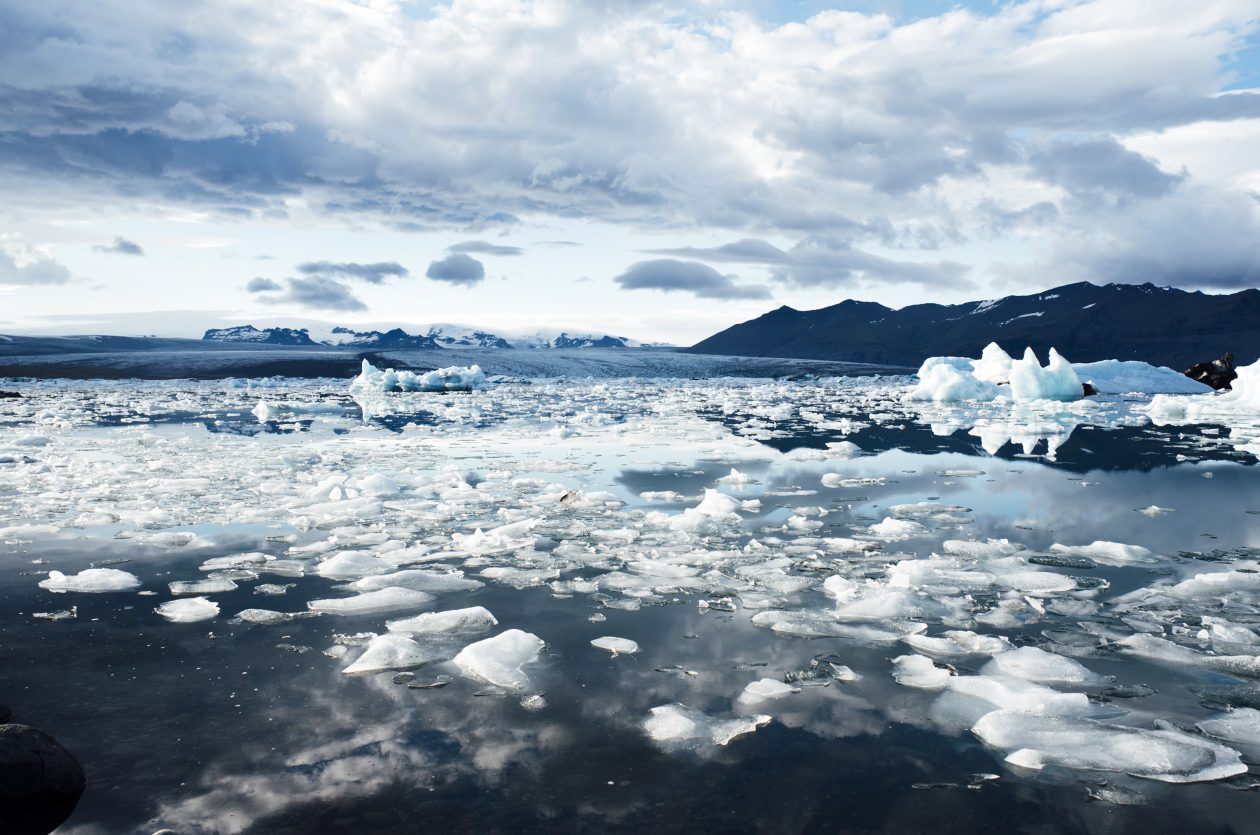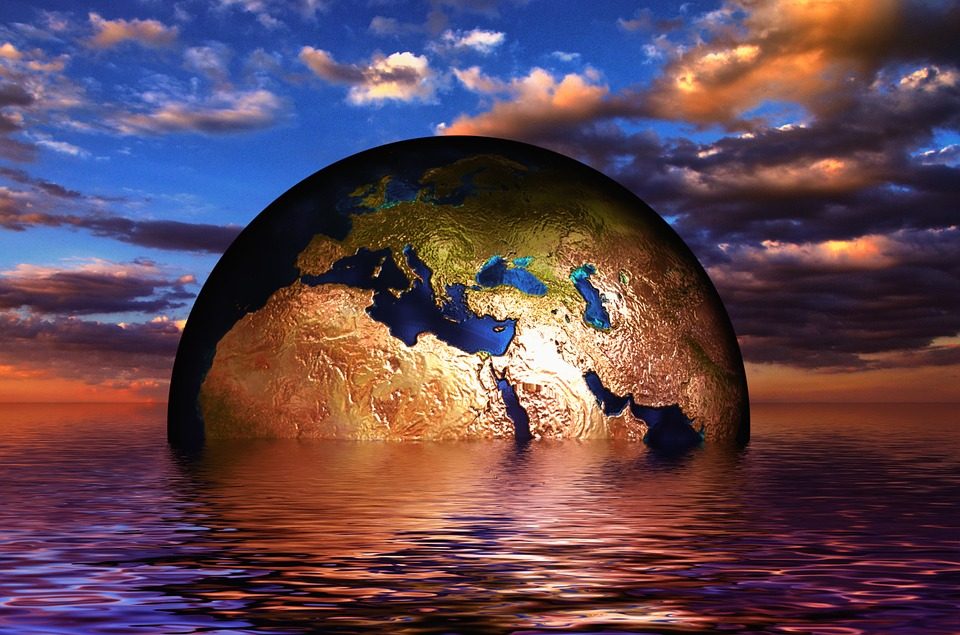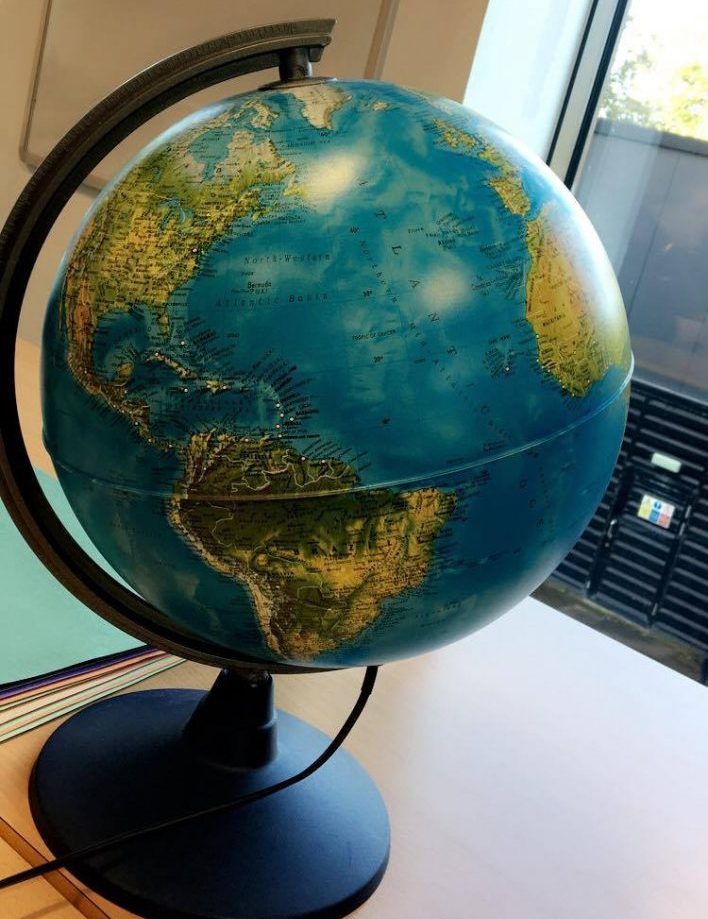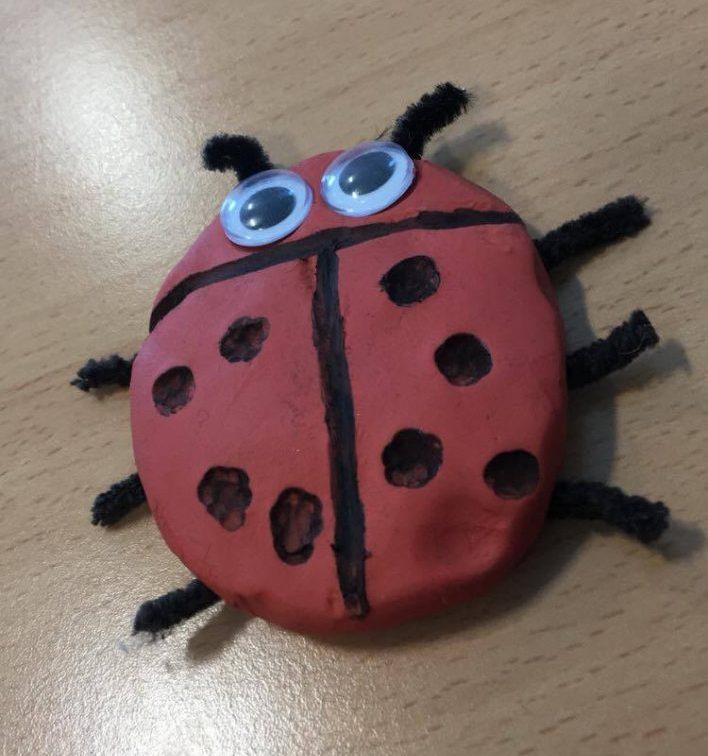A carbon footprint is the amount of carbon dioxide (CO2) released into the atmosphere as a result of the activities of a particular individual, organisation or community. This week we were tasked with calculating our own carbon footprints, and to do this we used the WWF measure your footprint website. It asked questions like:
- How many people live in our home
- What kind of transport do you use and how often
- Do you buy locally produced food
- How do you heat your home
- How often do you buy new things (e.g TVs or computers)
Then once you had completed the quiz you were given a score in percentage compared to the rest of the world. I did the quiz twice, the first time i used my family home and the second time I used my student accommodation. For my family home I received a score of 76%. This means that it is around half of the UK average but nearly double the worldwide average in tonnes of CO2 produced, my family home produces around 8.1 tonnes of carbon a year. My student accommodation flat received a score of 96%. This means that my flat produces 10 tonnes of carbon every year, that’s 4 tonnes less than the UK average and double the worldwide average. There were some questions that I wasn’t sure of the answer, for example I said that the flat was heated using electricity but I don’t know if that’s right, so the score might not be totally accurate. This activity would be quite good to do with kids as they could work out the carbon footprint of their own homes (if they found out all the information needed) and then compare with the other children in the class, then they could work out ways in which they could reduce their carbon footprint at home.
BP carbon footprint toolkit is another resource for calculating carbon footprints. This one is good for calculating the carbon footprints of schools so it would be a good one to do in class. The children can split up into groups and go around the school looking for the information they need to carry out the task. One the score has been calculated the children could discuss ways in which the schools score could be reduced, and if possible it could even lead to new programmes such as a recycling club.
A good resource for showing the effects of climate change in ‘Antarctica on the edge’ which is a video that lasts about 24 minutes and follows a team of scientists as they go around the antarctic taking samples and reviewing the changes in the pole. The video was really interesting and one thing I never knew was that ice could go rotten (where air bubbles are trapped as the ice freezes and causes the ice to be more brittle and porous). I would definitely use this video in a classroom environment when teaching climate change as it was easy to understand and very interesting and I think that children would engage well with it.
After looking through these resources I realise that I have a reasonable carbon footprint but there is room for improvement. I will look at ways in which I can reduce my carbon footprint so as to help the environment but also to set a good example to the children I will someday teach about climate change and eco-friendliness.
References
http://footprint.wwf.org.uk/?_ga=1.176985891.745195644.1442412124
http://bpes.bp.com/secondary-resources/science/ages-12-to-14/earth-and-atmosphere/carbon-footprint-toolkit/







